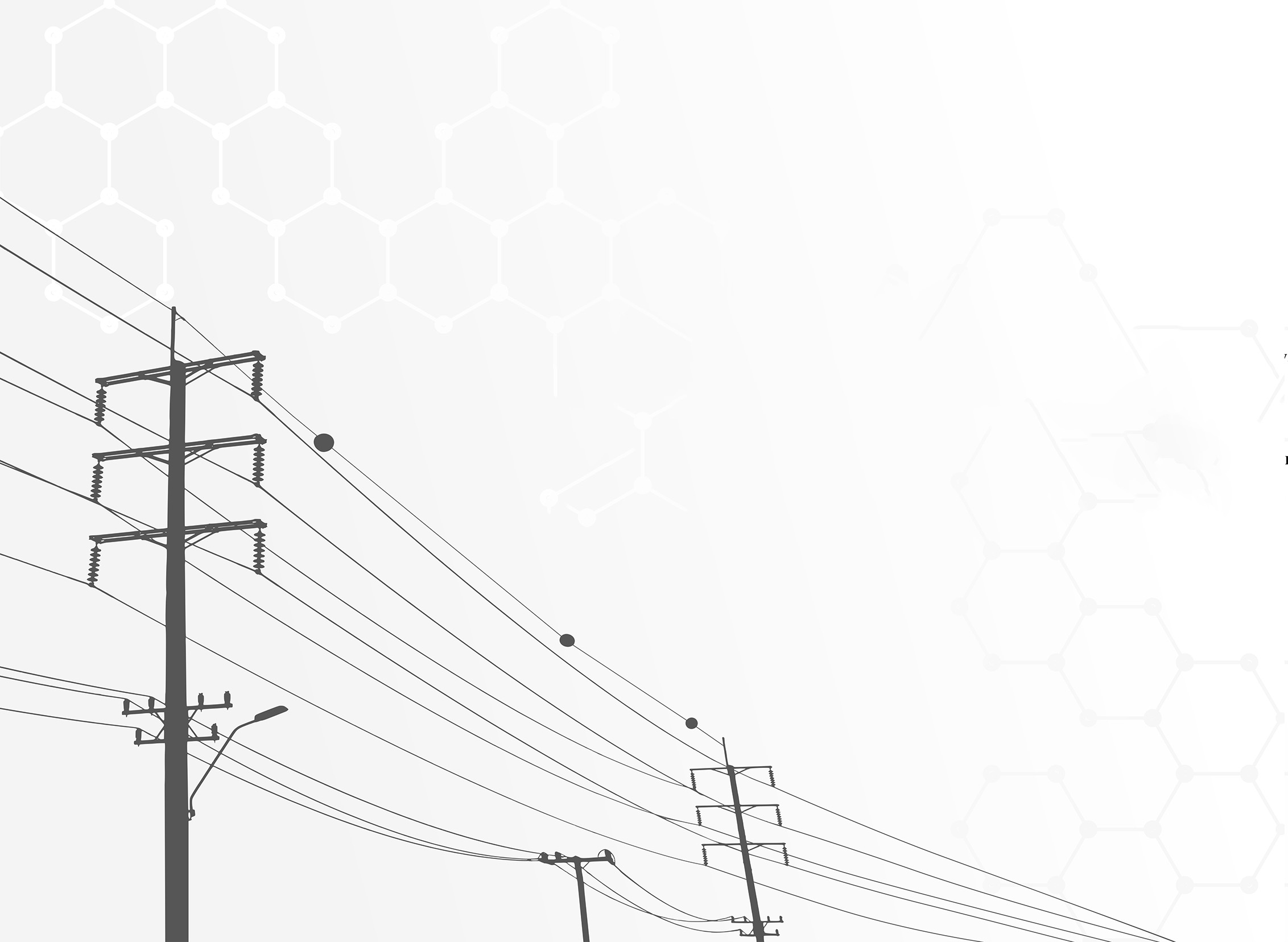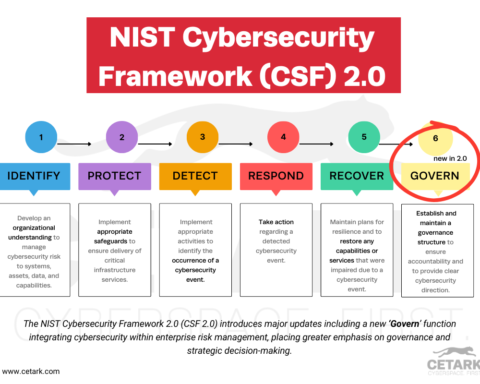The backbone of our country’s security is its critical infrastructure. If they were to fail, it could cause a domino effect that impacts other parts, such as armed forces and military defenses, which would leave us vulnerable in many ways—both physically (power outages) but also economically with less productivity due to lost business opportunities because companies won’t be able to operate correctly without electricity or clean water respectively; transportation systems will become grounded causing problems across town including symmetrical responses like a mass movement towards major hubs where people may congregate. Borders do not limit critical infrastructure dependencies.
Many essential systems of infrastructure span multiple nations. This creates a complex web of interdependencies that must be managed carefully to ensure the continued functioning of these vital systems.
Most of these critical infrastructures are privately owned and operated, meaning that the government’s role is primarily one of regulation. But what happens when there’s an incident? Who takes charge, then? With the potential for such great harm, it’s clear that we need to do something to protect ourselves against threats.
The 14 Different Kinds of Critical Infrastructures
Critical infrastructure is a term used to describe the systems vital to society’s functioning. These infrastructures are often under constant threat of cyber attack. While some of these critical infrastructures may be physical, most are digital, including power grids, transportation networks, financial systems, and communication networks. The Department of Homeland Security (DHS) defines 16 critical infrastructure sectors. These include:
– Chemical
– Commercial Facilities
– Communications
– Critical Manufacturing
– Dams
– Defense Industrial Base
– Emergency Services
– Energy
– Financial Services
– Food and Agriculture
– Government Facilities
– Healthcare and Public Health
– Information Technology
– Nuclear Reactors, Materials, and Waste
– Transportation Systems
– Water and Wastewater Systems
DHS also recognizes that these 16 sectors are interconnected. They rely on each other to function correctly and provide essential services.
Critical Infrastructure Interdependency
Critical infrastructure interdependency is when one essential infrastructure depends on another to function correctly. For example, the power grid relies on electricity, and telecommunications rely on the power grid to transmit data. This dependence creates opportunities for cybercriminals to exploit vulnerabilities in one system to gain access to another.
Critical infrastructure interdependency is a threat to national security because it creates opportunities for cybercriminals to exploit vulnerabilities in one system to gain access to another.
Most critical infrastructure in the United States is privately owned and operated. This includes things like the power grid, telecommunications, and transportation systems. The federal government does have a role in protecting these infrastructures, but it is primarily responsible for defense against physical attacks. This reliance on private industry to maintain and protect critical infrastructure leaves the United States vulnerable to cyber attacks.
Cyber attacks on critical infrastructure
Critical infrastructure is the system that is considered to be fundamental to the functioning of the human system, including energy, transportation, telecom, food, and water. If critical infrastructure is damaged, it could impact the economy and daily lives of the affected individuals immediately. Hacking is the latest technique in cyber warfare that allows malicious actors to attack critical assets with a devastating effect on the physical world.
In July 2010, the Stuxnet virus was used to attack an Iranian nuclear facility. The virus was spread through infected USB sticks and managed to take control of the centrifuges used to enrich uranium. The result was the destruction of about one-fifth of Iran’s nuclear centrifuges. While no lives were lost in this attack, it serves as a reminder of the potential devastation cyber attacks on critical infrastructure can cause.
In December 2015, a cyber attack on the Ukrainian power grid left 225,000 people without power. The attackers used malware to gain access to the control systems of three different regional energy distribution companies. Once they had gained access, they could remotely shut down equipment and cause widespread power outages. This is just one example of how cyber attacks on critical infrastructure can impact the real world.
A cyber attack on the U.S. power grid left millions of people without power. The attackers used malware to gain access to the control systems of three different regional energy distribution companies. Once they had gained access, they could shut down equipment and cause widespread power outages remotely.
In 2022, the Winter Olympics held in Beijing, China. In preparation for this event, the Chinese government worked hard to harden its critical infrastructure against potential cyber-attacks. They had erected a “Great Firewall” to protect their networks and have put strict controls on what foreign nationals can bring into the country regarding electronic devices.
Interdependence of the energy sectors in the United States and Canada
The United States and Canada share an extensive network of critical infrastructure, including the electric grid and the giant interconnected machine on Earth. The North American Electric Reliability Corporation (NERC) is responsible for ensuring the reliability of this vital system.
Canada and the United States are linked to such an extent that a cyber assault against the United States’ electricity system has secondary, unanticipated effects on critical Canadian infrastructure. For example, if hackers took down a large power plant in the United States, it could cause a ripple effect that would overload the Canadian grid and lead to a widespread blackout.
Role of National Infrastructure Protection Centre:
The National Infrastructure Protection Centre (NIPC) is a multi-agency center within the United States Department of Homeland Security charged with coordinating the government’s response to attacks on US critical infrastructure. The NIPC was created in 1998 in response to the growing threat of cyber-attacks and terrorist attacks on US critical infrastructure.
One of the NIPC’s primary functions is to provide information and assistance to private sector owners and operators of critical infrastructure. This includes guiding how to protect against and respond to attacks. The NIPC also works with state and local governments and international partners to ensure a coordinated response to attacks on US critical infrastructure.
The NIPC is headed by the National Infrastructure Protection Center Director, who reports to the Homeland Security Advisor.
Conclusion:
The critical infrastructure is a complex web of interconnected systems vital to the nation. While each system needs redundancies in place, it’s also crucial that we understand and account for the dependencies between systems. When one part of the critical infrastructure fails, it can cause severe problems for the rest of the infrastructure. We must proactively identify and mitigate these risks to maintain our essential services and protect our citizens.







